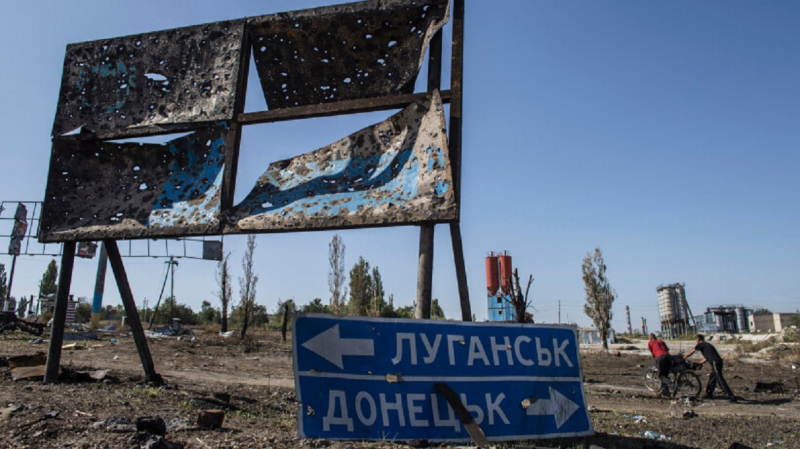How Russia used forced mobilization/Apostrophe
Russia began forced mobilization in the occupied Ukrainian territories back in 2014. Human rights activists warn that forced mobilization in the occupied territories has become a mass phenomenon.
ShareFbTwiTelegramViberShareFbTwiTelegramViber
If a Ukrainian fights against Ukraine, it is considered a war crime. However, Natalya Kaplun, coordinator of the Vostok-SOS public organization, who has been helping victims of Russian aggression since 2014, said that they were often approached by men who were forcibly mobilized, but they did not want to fight against Ukraine.
Russians mobilized hundreds of thousands of men from the occupied territories
After 20 February 2022, the occupiers began to massively mobilize people from the occupied territories into their armed forces, threatening with reprisals. But indeed the first wave of forced mobilization began in 2014.
Director of the Institute for Strategic Studies and Security Pavel Lisyansky said that last year the Russians carried out 8 forced mobilizations in the occupied Luhansk and Donetsk regions and implemented a program to recruit combat reserves. This project was actually preparation for a full-scale wartime mobilization.
Since May 2021, they have already worked out a scheme: they came to factories, forcibly took men and took them to military training grounds. When a full-scale war began, it was these reservists who began to be sent to the front. Lisyansky said.
According to Pavel Lisyansky's calculations, the Russians forcibly mobilized more than 100,000 residents of the occupied Ukrainian territories, many of them sent to the front lines. In the first 2 months of the all-out war, at least 23,000 people were killed.
russia doesn't count the dead who were forcibly mobilized
Losses of those who were forcibly mobilized are not counted in the losses of the Russian army. The Kremlin calls this “the loss of the allied troops”.
Some residents of the occupied territories agreed to serve voluntarily, but many of them were forced to do so. In addition, Russia initiated the process of forced mobilization in Crimea as early as 2014.
The Crimean Human Rights Group, in partnership with the Crimean Prosecutor General's Office, has prepared a statement to the International Criminal Court (ICC) on the illegal conscription process.
People who remained in the occupied territories no choice: not everyone can leave. During the eight years of occupation, we have all talked about how Russia commits war crimes, how it persecutes those who do not want to serve in its armed forces. And now, in addition to Crimea and the Donetsk and Luhansk regions, new occupied territories have appeared. Therefore, Russia will continue the practice of forced conscription, because human resources are running out,” said Irina Sedova, a researcher from the Crimean Human Rights Group
According to her data, since 2014, more than 34,000 Crimeans have been forced to do military service in the army of the aggressor country .
Help. The recruitment of civilians from the occupied territories into the armed forces of the occupying state is a violation of international humanitarian law and is considered a war crime in accordance with Rome Statute No. 7668 of the ISS.

